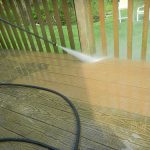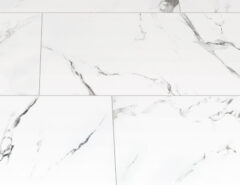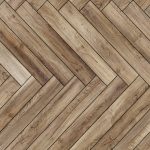Is a thicker top wear layer on a Engineered floor necessarily better quality?
This is a common question presented to me by DIY customers, installers, contractors, architects, and designers alike. The answer is (as usual) it depends. I would argue that far too much emphasis is put on this feature.
4mm Wear Layer
Sure, if a product carries a 0.6mm wear layer then, yes, it is more susceptible to gauges that dig right through to the ply below. That said, it is important to remember that this gauge can be addressed in exactly the same way as a 2mm, 4mm, or ever a completely solid wood floor. A gauge is a gauge.
2mm Wear Layer
The larger consideration tends to be the number of sandings a floor can go through before wearing through to the plywood or HDF below. Generally, a 2mm top can be sanded 1-2 times, and 3-4mm products can be sanded 2-3 times. However, this concern tends to be is overemphasized. These days finish quality has come such a long way that sanding is quite uncommon. Let’s remember that the need to sand down and refinish tends to come from excessive scratches and/or worn through finish in the high traffic areas. For performance, we need to evaluate the difference between on site finished and factory finished floors. Factory finished floors have several advantages over site finished floors, here are two and a half:
1) First, they tend to carry 7-10 coats. In a factory, this is done with relative ease, but to add 7 coats on site results in additional costs and inconvenience to the end user.
2) Factory finish floors can also boast a coat of Aluminum Oxide which is a component added for strength. At this time, there is no equivalent product available for an onsite finish.
2.5) Factory finishes are applied in a controlled environment, thereby preventing dust and particle from curing in the finish. No amount of prep work on site can deliver the same clean results. Not a strength issue but noteworthy all the same.
Taking these points into consideration, one can see that the importance of top wear layer thickness tends to be exaggerated.

















